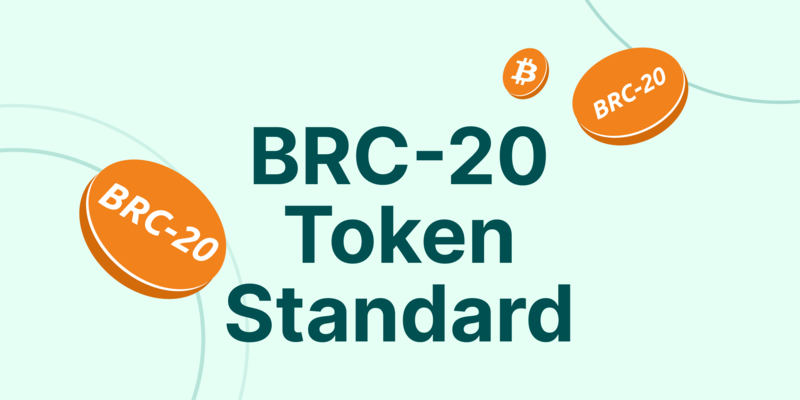The cryptocurrency market is once again undergoing a dramatic reshaping—but this time, it’s not Bitcoin or Ethereum experiencing violent swings. Instead, the most vulnerable segment of the digital asset universe is collapsing: high-risk, low-liquidity, speculative tokens that surged during the 2020–2021 bull run are now crashing back to valuations last seen during the early pandemic.
This steep decline is not merely another correction. It represents a broader structural reset as the crypto industry matures, liquidity tightens, regulations intensify, and investors move decisively away from questionable tokens toward more credible, utility-driven digital assets.
From meme coins to experimental protocols, governance tokens, and failed DeFi projects, the riskiest corners of crypto are facing a reckoning—and analysts warn that the selloff could deepen as institutional capital reshapes the digital asset landscape.
A Return to Reality: Risky Tokens Plunge to 2020 Levels
Across the crypto ecosystem, dozens of speculative tokens have dropped 70–95% from their bull-market highs. Many have quietly slipped to valuations not seen since mid-2020, before the explosive expansion fueled by pandemic liquidity, stimulus checks, and retail speculation.
Categories hit hardest include:
- Meme coins with no intrinsic utility
- Low-cap DeFi governance tokens
- Synthetic asset projects that never found adoption
- Layer-1 and layer-2 experiments overshadowed by stronger competitors
- Tokens tied to now-defunct exchanges or lending platforms
- Illiquid NFTs and their governance tokens
The violent downturn is the result of a rapid shift in market behavior: retail traders—once the dominant force—are losing influence as institutional money and serious investors take center stage.
Why the Crash Is Happening Now
Several powerful forces are converging to drive high-risk tokens back toward their pandemic-era valuations.
1. Liquidity is Tightening Globally
The crypto bull run of 2020–2021 was fueled by:
- Record-low interest rates
- Trillions in global stimulus
- Retail speculation driven by lockdown boredom
- Excess liquidity chasing high-risk assets
Today, the environment has reversed:
- Rates are higher
- Liquidity is lower
- Investors are more cautious
- Risk appetite is subdued
When liquidity dries up, speculative tokens die first.
2. Institutions Are Entering—and They Don’t Want Junk
With Bitcoin ETFs, custody infrastructure, and regulatory clarity emerging in major markets, institutional players are entering crypto—but they are only buying:
- Bitcoin
- Ethereum
- Tokenized real-world assets (RWAs)
- Regulated stablecoins
- Infrastructure tokens with clear utility
High-risk tokens are being abandoned as capital migrates into high-quality digital assets supported by real-world demand.
3. The DeFi Hype Cycle Has Cooled
DeFi Summer in 2020 and 2021 produced:
- 1000% APYs
- Yield farming
- Liquidity mining
- Governance tokens
- Mass speculation on protocols
But without sustainable revenue models, many of these tokens lost value once incentives dried up. The market is now punishing projects without real cash flow.
4. Regulatory Pressure Is Squeezing Out Weak Projects
Global regulators are tightening control over:
- Unregistered tokens
- Fake volume exchanges
- High-yield schemes
- Privacy coins
- Market manipulation
- Uncollateralized stablecoins
The SEC, ESMA, and Asian regulators are targeting non-compliant tokens, accelerating their decline.
5. Retail Traders Are Gone
Unlike the 2021 frenzy, retail traders are:
- Less engaged
- More cautious
- Burned by losses
- Distrustful after major collapses (FTX, Celsius, Terra/LUNA)
Retail demand once propped up many of these high-risk tokens. Without it, prices revert to fundamental value—which for many is close to zero.
A Flood of Failed Promises: The Dead Projects Piling Up
An emerging trend is the silent death of projects that have:
- Abandoned development
- Lost funding
- Closed Discord servers
- Had founders disappear
- Failed audits
- Lost users
- Been delisted from exchanges
Some analysts estimate that over 50% of tokens launched since 2020 have either become inactive or fallen below viable liquidity thresholds.
This shakeout is similar to the dot-com bust of the early 2000s: thousands of startups died, but the survivors became Amazon, Google, and PayPal. Crypto is entering that same Darwinian phase.
Not All Tokens Are Crashing: Quality is Rising
While risky assets collapse, stronger tokens are separating themselves from the pack.
Winners of the new cycle include:
- Bitcoin, driven by institutional adoption
- Ethereum, backed by real usage
- Layer-2 networks like Optimism and Arbitrum
- Stablecoins fueling global remittances
- Real-world asset tokens (RWAs) in treasury markets
- AI and data infrastructure tokens with enterprise adoption
- Gaming and metaverse tokens with active userbases
The market is reorganizing around utility, revenue, and regulation—not hype.
What This Means for Crypto’s Future
The collapse of crypto’s riskiest tokens is painful but ultimately healthy.
1. The speculative era is ending
The days of random governance tokens skyrocketing overnight are fading.
2. A professional investor class is taking over
Institutional flows demand audited, compliant, transparent ecosystems.
3. Real-world use cases are finally emerging
Stablecoins, tokenized assets, and blockchain infrastructure are gaining adoption.
4. Market cycles are becoming more rational
Assets are being valued based on:
- Cash flow
- Utility
- Network effects
- Regulatory posture
- Development activity
5. The industry is maturing—fast
This downturn is not a collapse—it’s a transition.
Conclusion: A Necessary Purge Before the Next Wave of Growth
Crypto’s riskiest tokens plunging to pandemic-era levels is not just another capitulation event. It’s a structural cleansing of the ecosystem—similar to the dot-com crash, biotech purge, and early AI winters.
Speculative tokens with no real-world value are disappearing.
Credible, utility-driven, institutionally backed digital assets are rising.
The industry is emerging from its adolescence.
A more serious, regulated, and sustainable era is beginning.
And while thousands of small tokens may never recover, the broader crypto ecosystem is positioning itself for a stronger, more mature, and more globally integrated future.










